It was a beautiful day in October, when mellow from a very enjoyable lunch we decided to enjoy the sunshine and walk through the park in Cognac. It was many years since we had visited the garden but although I noticed improvements, the structures that had delighted me years ago had been left intact (or preserved).
Water plays a major role in the garden which extends over 7 hectares (17 acres). The town bought the first part of the gardens (including the building now used as the Town Hall) from the Otard family. This family bought the close-by Chateau of Cognac (birthplace of Francis I) in 1796 and the same family are still producing Cognac and storing it in the cellars of the chateau.
I like the moulded tree struts of the bridge which is quite in keeping with the grotto in the distance.
The design of the gardens was the work of the landscape gardener Edouard André who started of life as a gardener at the Muséum d’Histoire Naturelle in Paris and was given the task of remodelling these gardens in 1892. He specialised in fountains and grottoes and worked internationally, including in Sefton in the U.K.
I love the mystery of grottos and the sound of running water.
We have a fair number of stones in our garden and Kourosh has produced some rockeries and dry stone walls; I wonder if I would be pushing it to suggest he try for a grotto?
The folly would be one step too far for our garden but looks perfect in Cognac. Otherwise called the neo-Gothic tower it was built in 1835 and is octagonal in shape. It is having work done on it at the moment and I believe it will have a moat surrounding it in the future.
I had seen all of the park before but what I noticed this time was the number of plants providing nectar for pollinators.
The arbutus unedo or Strawberry trees were full of this year’s blossom and last year’s fruit. I’ve read that honey from the Strawberry trees has a rich chocolatey/coffee flavour which I would like to try.
This honeybee is on a Johnson’s blue geranium and was spoiled for choice on the bee friendly flowers in the borders.
My only small complaint was that the labelling of the plants was variable but I suppose the gardeners are working towards the upkeep and beauty of the gardens – not trying to sell the plants. However, at the base of this tree was a large plaque announcing that it was a Sophora japonica. I was initially extremely surprised as I had never heard of the Sophora producing beautiful red berries.
However, taking a step to the rear I realised I had got a little too close and the real Sophora was hiding behind. A Google search at home indicates that it is Lonicera Maackii or Amur honeysuckle which produces these attractive red berries. This is an Asian species which has become invasive in some parts of the U.S.A. I found the berries very beautiful and the flowers are rich in nectar.
You could not miss the enormous American Black Walnut tree at this time of year as it was impossible to walk near it without sliding on the walnuts. I noticed that the fruits were smaller than our walnuts and the outer coatings were more yellow.
In December 1999 France was hit by a catastrophic storm which caused immense damage and 288 trees were lost in the garden. This statue called “Instinct” was carved from a fallen green oak tree that had lived for two hundred years. A fitting tribute to the memory of the trees lost in the storm.
I was so pleased to see the garden planted with such thought for the pollinators but it also gave me pause for thought.
There were lots of little blue butterflies on the Erigeron.
I think they may have been Lang’s short tailed blue butterflies ( Leptotes pirithous) but I am not sure. What I do know is that I have masses of Erigeron that self seeds in every nook and cranny in my garden and although it looks pretty I have never seen a bee or butterfly on the flowers. I wonder if it is the sole butterfly that likes Erigeron?
I will make a point of returning in the spring as many of the bedding plants were perennial and it was too late in the season to see them all to their advantage.
Cognac’s park provides ample room for everyone to enjoy the usual space for playing, running and other activities so well provided for in parks.

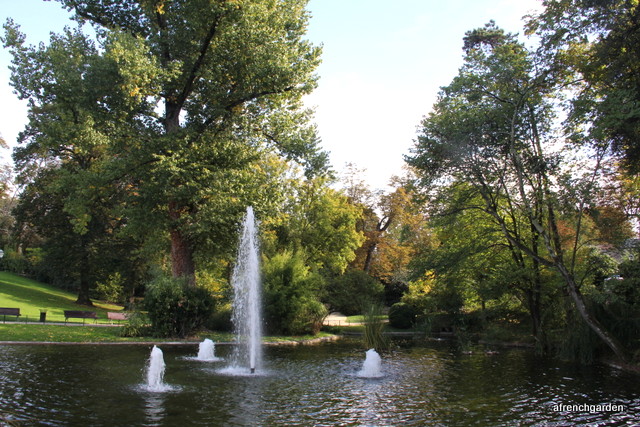

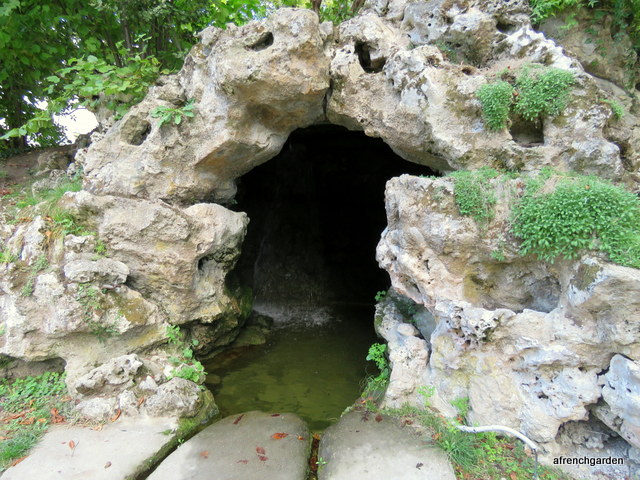
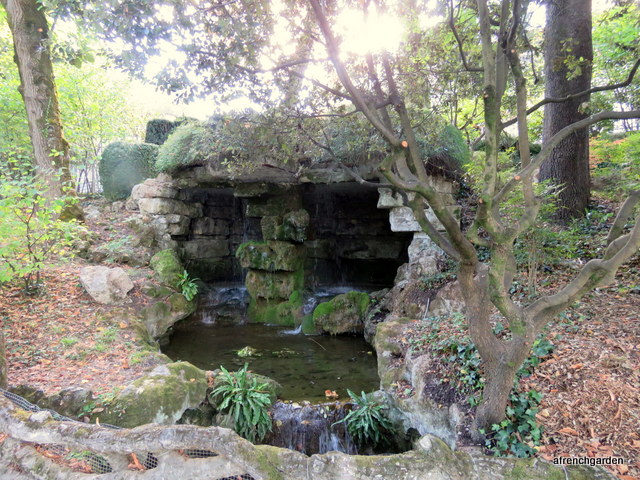
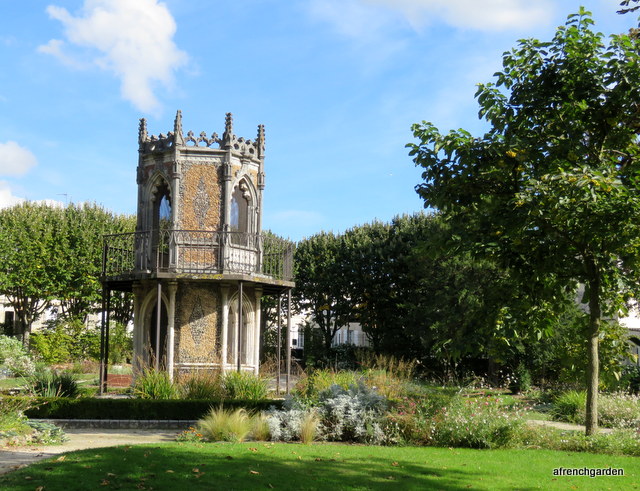

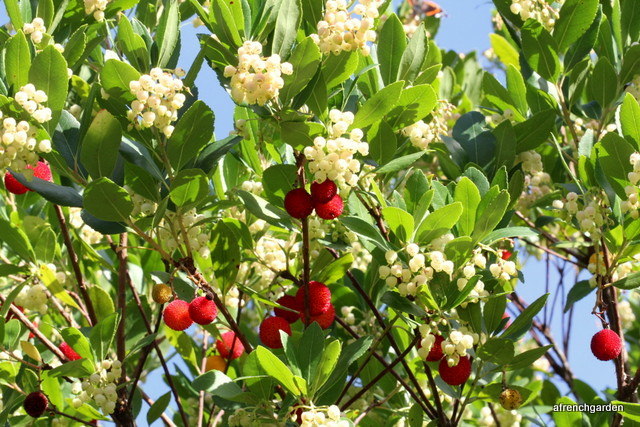
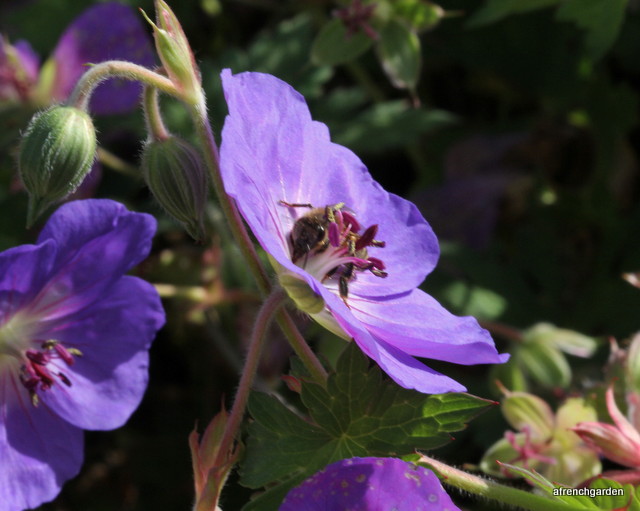
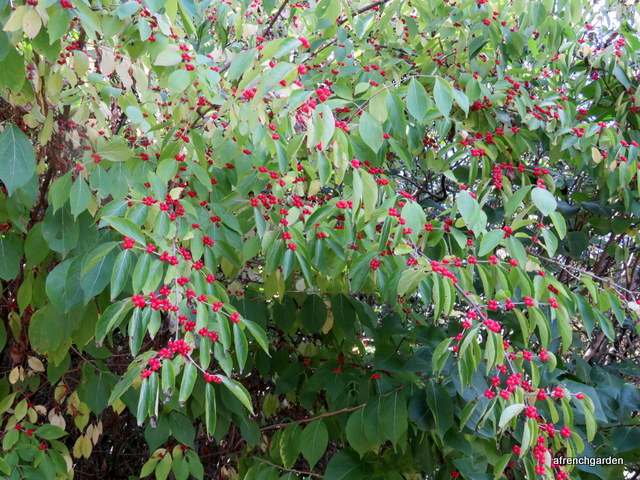
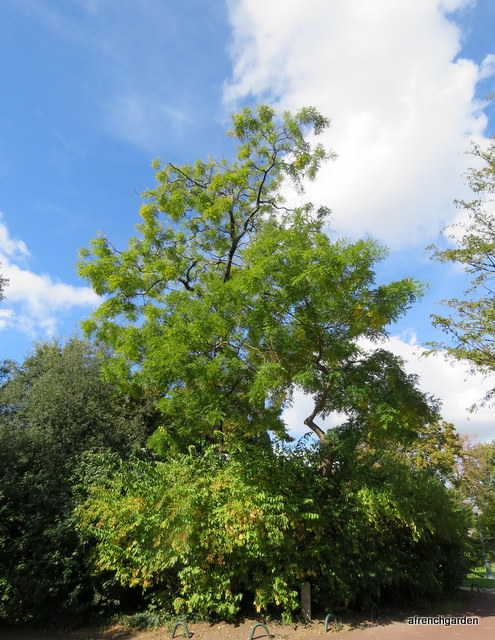
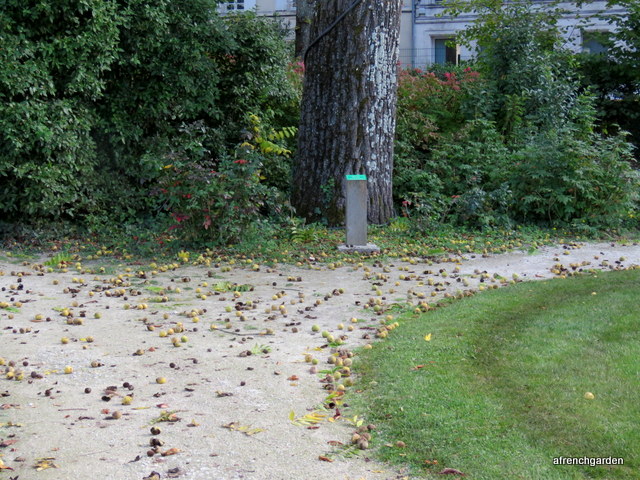
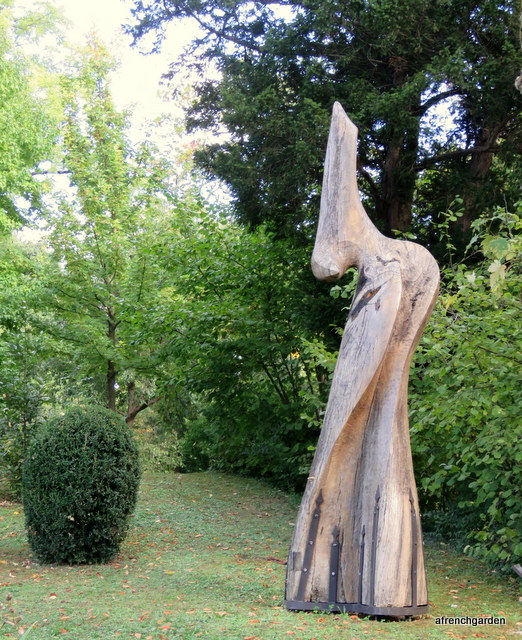
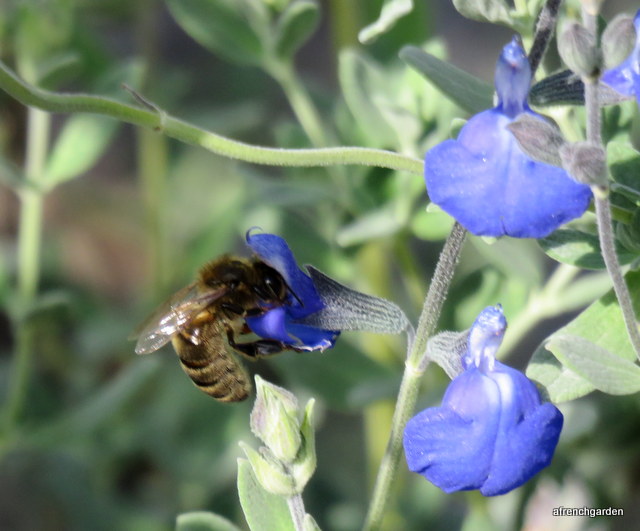



What stunning October weather we had. I have to visit these gardens. We very rarely go to Cognac although it is only an hour east of us. I shall put it on my list for the spring, thank you.
LikeLike
I highly recommend a visit. You could also add a visit to one of the distilleries. Otard have an interesting visit and you can also see the Chateau of Cognac with their cellars of Cognac. Amelia
LikeLike
A beautiful garden. And, yes, a little nudge for a grotto could be a good idea. 🙂
LikeLike
I’ll break the news to him gently 😉 Amelia
LikeLiked by 1 person
🙂 🙂
LikeLike
I love to learn about new places (new to me). Thanks for broadening my horizons.
LikeLike
I did not mention that Cognac is beside the Charente river so is in a very attractive situation. Amelia
LikeLiked by 1 person
I enjoyed seeing this garden through your eyes. I love the oak tree sculpture and the unusual folly.
LikeLike
I’m glad you liked it, old gardens collect such pieces of interest over the years. Amelia
LikeLike
I like the idea of a grotto. Good luck! I would say the honey from Arbutus tastes of burnt caramel, here it is described as bitter but I don’t agree with that. The best comes from Sardegna but is hard to find. Normally we eat it in the Italian way with cheese. I don’t think it really tastes right with bread.
LikeLike
You are lucky to have tasted the Arbutus honey as Italy is one of the few countries where you would find it. I’m only joking about the grotto but I really like them. Amelia
LikeLiked by 1 person
Always good to see a new garden. I loved the sculpture. I have a log from a walnut tree, which we had to remove, waiting for me to transform it to a sculpture. I must get on and do it!
LikeLike
Walnut is a hard wood, I think, but has a beautiful grain. Most of the trees that have come down in our garden have been cut up and used for the fire. I have always thought it such a shame. I think you need some heavy machinery to work with large pieces or a lot of patience! Amelia
LikeLiked by 1 person
its just finding the time
LikeLiked by 1 person
It’s a beautiful garden and I love the tower.
LikeLike
I think the tower is a beautiful folly and at least in a park it can be enjoyed by so many people. Amelia
LikeLike
A lovely tour of what looks an interesting park _ I’ve never seen that butterfly before and great to see so many insects still about….we’re in an arctic blast now, so I wonder what balmy temperatures you’re still enjoying?
best wishes
Julian
LikeLike
Erigeron has many varieties and I have no idea what the variety is that has self-seeded in the garden. It can survive in cracks of paving and wall through heat and drought. I just wondered if anyone with a similar type had seen insects on it. Amelia
LikeLiked by 1 person
The walls of a grotto would be easy but I’m not sure what I’d do about the roof. Stone slabs are quite heavy and hard to manage.
We have several varieties of Japanese honeysuckle here and it is indeed very invasive. It’s also very fragrant and blooms in spring at just about the time that lilacs do.
LikeLike
I have got some berries of the honeysuckle that I will try in spring. I find even our more common honeysuckle here difficult to manage but the perfume is so very fragrant that I try to find a place for it. I would not really set Kourosh the Herculean task of building a grotto, but I can still fantasise about one 🙂 Amelia
LikeLiked by 1 person
Nice folly! Is there a French equivalent of the Landmark Trust??? RH
LikeLike
It is indeed “listed” in the supplementary inventory of historical monuments. This is a list of classified monuments of particular regional interest rather than a higher classification of national interest. Amelia
LikeLiked by 1 person
It is good to see public parks and gardens well cared for, they are a great asset. Thank you for the tour.
LikeLike
Ségolène Royal, who is Minister of Enviroment encouraged a national plan in the spring that France should be the land of pollinating insects. It is good to see that actions have filtered through to the regions. Amelia
LikeLike
Never been in this beautiful garden. Seems to be absolutely worth for a visit. Thank You.
LikeLiked by 1 person